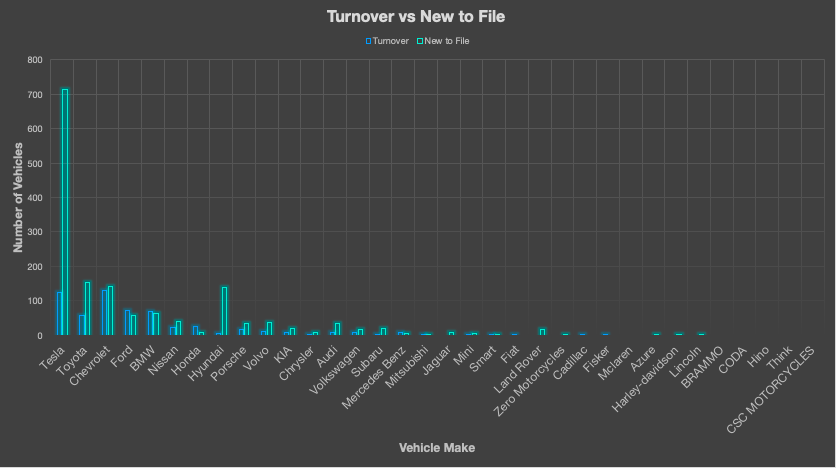Community Choice Aggregation to be Subject of Dec 2 Meeting
Community Choice Aggregation Can Provide a Cleaner Grid and Lower Electric Rates EVs enable us to drive with zero emissions. But EVs can be an even cleaner choice when the electricity used to charge the … Read more










